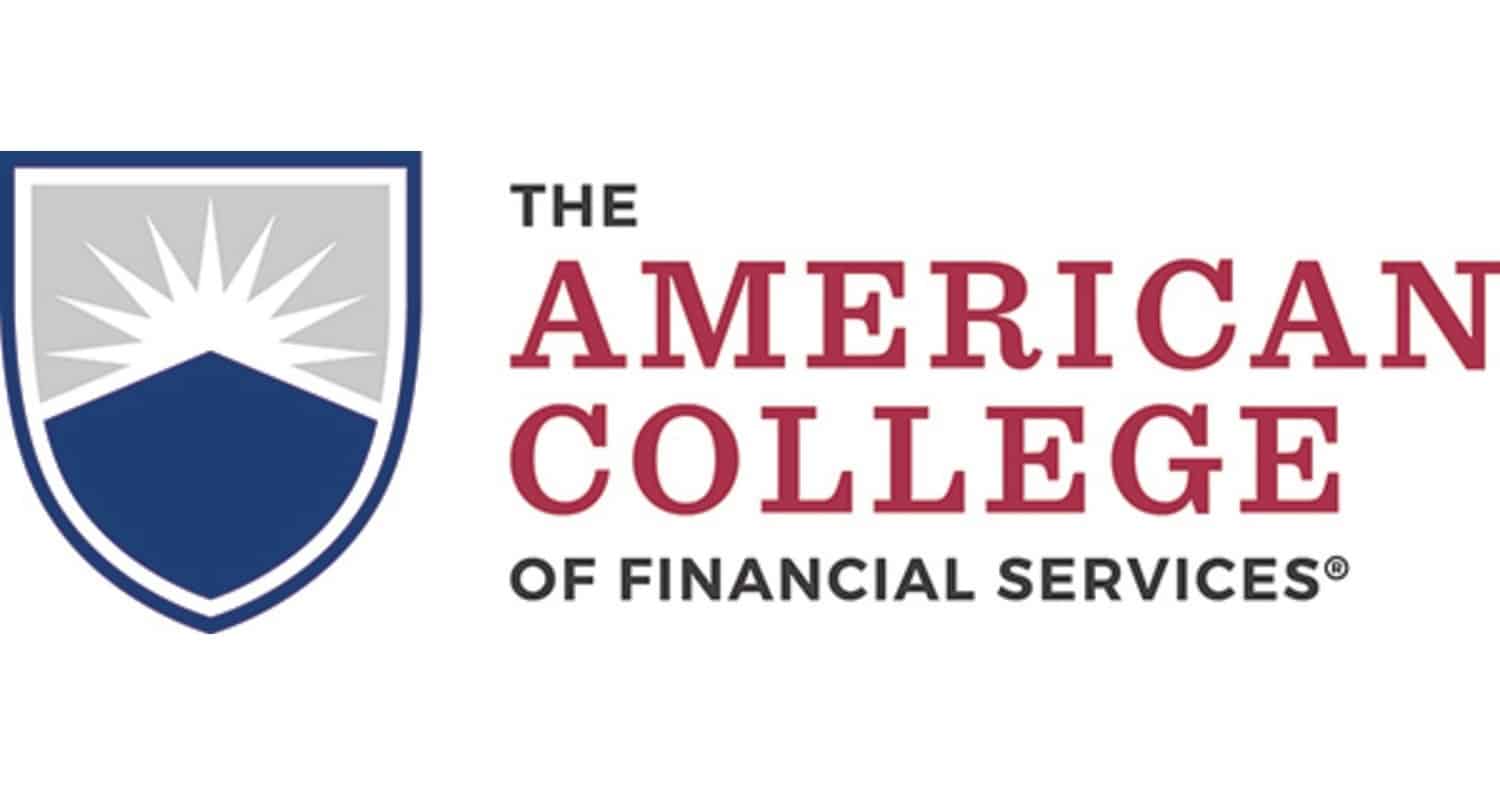This question (or a derivation of it) has been popular as of late: “I only participated in my 401(k) for a couple of months in 2020 before I was laid off. Does that still make me a ‘covered’ employee, and can I contribute to my Traditional IRA?”It seems innocent enough, but there is a heck of lot going on in this little question.
The IRS has delayed the deadline for filing federal income taxes until May 17, 2021. This also extends the deadline for making a 2020 Roth IRA contribution. A Roth IRA offers the promise of tax-free withdrawals in retirement if you follow the rules. If you are deciding whether a 2020 Roth IRA contribution is the right move for you, here are some things to keep in mind.
Question:A new customer came to me asking for help with an IRA. Unfortunately, he had already accepted a check from the 401(k) plan made out to him personally. He sat on the check for 5 months and deposited it into his checking account last week. He is only 50 years old. Since we are well after the normal 60-day rollover period, is there any way that this can be repaired? Perhaps under the CARES act of 2020 if his departure was Covid related?Any direction you can provide would be appreciated.
Just a few weeks after the start of the baseball season, the IRS has thrown us a curveball by apparently interpreting the SECURE Act 10-year payout rule in a totally-unexpected way.We say “apparently” because the IRS explanation isn’t very clear. And even if it was clear, the IRS offered the information in an informal publication that should not be relied on.Here’s the backstory: One of the major changes made by the 2019 SECURE Act was the elimination of the stretch for many beneficiaries of inherited IRAs.
With all the recent changes to IRAs under the SECURE Act [i.e., required minimum distribution (RMD) age raised to 72, new rules for beneficiaries, etc.], combined with the CARES Act waiver of RMDs last year, it comes as no surprise that we are hearing rumors and conspiracy theories about what will happen next. Here are a couple of the more popular speculations:Will RMDs be waived again in 2021?
Question:Hi, I inherited my husband's 401(k) when he died last year. I kept the assets with the 401(k) administrator, believing I had to do that to take distributions without 10% penalty. (I am under 59 ½ years old). If I roll over the 401(k) to an inherited IRA, will I still be able to take penalty-free distributions?Thank youDonna
Required minimum distributions (RMDs) were waived for 2020 but they are back now for 2021. This includes the RMD for the year of death of the IRA owner. The rules for this RMD can be tricky. One question that comes up a lot is who must take this RMD.It is an all-too-common scenario. An IRA owner has passed their required beginning date and is required to take an RMD for the year. However, prior to taking this RMD, the individual dies. Who must take this year-of-death RMD? This is an area of great confusion!

George Nichols III is the 10th President and Chief Executive Officer in The American College of Financial Services’ storied history. He continues to take motivation from founder Solomon Huebner’s pioneering vision in 1927, while empowering The College to usher in the next century of educational excellence. Before joining The College, Nichols served as Executive Vice President, Governmental Affairs for New York Life Insurance Company. The College and Ed Slott and Company recently came together to develop Ed Slott and Company’s IRA Success program – which is now enrolling students! You can read more of Nichols’ perspectives and announcements of College initiatives at www.theamericancollege.edu/president.
Question:Hi, Ed,I am hoping I get to attend one or more of your events IN PERSON this year!If you have time for a refresher . . . .Jon’s 2021 RMD is $200k. He takes $100k as a distribution to himself in February and later, he decides to satisfy the remaining $100k as a QCD in November.Does this work as far as the timing of the QCD?
In my post from March 22, I discussed the formula for calculating the amount of a direct Roth IRA contribution when your income falls within the Roth phaseout limits. Another common phaseout covers how much of a Traditional IRA contribution can be deducted. As with the Roth contribution phaseout, this income level cutoff is not a “cliff,” meaning if you go one dollar over the level, you do not immediately become ineligible to deduct your Traditional IRA contribution. There is a phaseout range which gradually decreases the amount of the allowed deduction.



